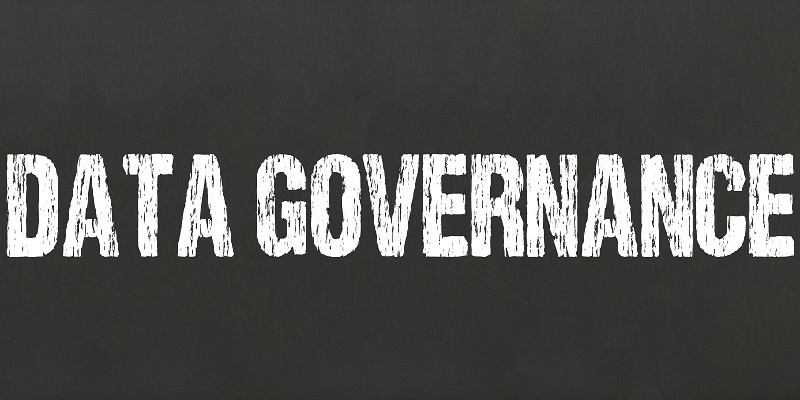Digital transformation has made data a valuable asset for organizations. Across the globe, data analytics, business intelligence, and artificial intelligence have become buzzwords that every company wants to adopt to stay ahead of the competition. As more businesses invest in data analytics and AI technologies, the trend for data governance has also seen a significant upturn. Data governance is a formalized practice that connects different components and increases data’s value. In this article, we will discuss how companies can implement agile data governance practices in their organizations.
The Disconnect in Applying Lessons Learned
Despite the growing interest in data governance, there still exists a significant disconnect in applying lessons learned from past data governance to newer programs. This disconnect is mainly due to a lack of awareness of what data governance is and how it can be applied in organizations. As a result, businesses often miss out on the benefits of data governance in newer data analytics and AI initiatives.
Embracing Data Governance Best Practices
To bridge the gap and leverage the full benefits of data governance, companies should embrace best practices that can be adapted to new situations. These best practices should not be seen as a rigid framework but instead be flexible enough to accommodate changing data regulations and technology trends. Implementing data governance best practices can provide numerous benefits to businesses, such as improving data accuracy, enhancing data security, and enabling reliable decision-making.
Executive Support for Data Governance
Data governance is a formalized practice that is most effective when executives support and sponsor it. With executive support, businesses can prioritize data governance and enforce compliance with data policies and standards. Executives also play a critical role in developing a data culture that encourages data collaboration and exchange. Therefore, executives should support and sponsor data governance wherever data is involved.
Justifying Updates to Data Governance Processes
One of the most challenging aspects of data governance is justifying updates to data governance processes. Business leaders need to provide justification for why changes need to be implemented and present new data products as a proof of concept. They also need to explain the roadmap for implementing the changes, including what resources are required and how success will be measured.
Sharing Recommendations and Tracking Improvements
Companies should compile feedback and metrics about their data governance practices and share recommendations with stakeholders. This process can help businesses quickly identify areas for improvement, set goals, and measure success. It is crucial to note that data governance practices must be continually improved to align with changing business contexts.
Components of a Well-Designed Data Governance Framework
A well-designed data governance framework provides components that structure an organization’s data governance program. One of the essential components is data definitions that define the meaning and content of data elements. Other components include data quality management, metadata management, data security, and data privacy. The framework should also define roles and responsibilities for data governance, and it should be consistent across different departments and business units.
Aligning Data Strategies and Company Culture
To achieve successful data governance, it is essential to align data strategies with company culture. Each organization is unique, and so is its data governance approach. Businesses should develop an approach that aligns with their data strategies and corporate culture. This approach should be consistent with the business’s goals, objectives, and values.
Developing an Iterative Process
Adapting to new situations is essential in data governance. To create an agile data governance approach, businesses must develop an iterative process for their data governance components. With each iteration, businesses can identify gaps, close them and improve the overall data governance program. An iterative process allows businesses to be more flexible and adaptable to new data regulations and technology trends.
In conclusion, businesses must adopt agile data governance practices to stay ahead of the competition, secure their data, and make informed decisions. Implementing data governance best practices, gaining executive support, justifying updates to data governance policies, sharing recommendations, implementing a well-designed data governance framework, and aligning data governance strategies with the company culture are essential in creating an agile data governance approach. By embracing these practices, businesses can achieve successful data governance and leverage their data as a valuable asset in the digital age.


